Custom Augmented Reality Solutions
You have the data, we have the visualization tools.
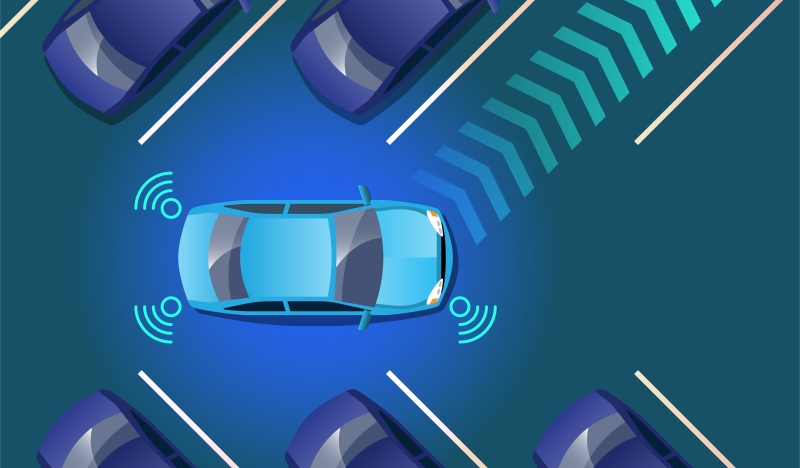

Do you need AR?
If...
- you want to visualize how your software "sees" the world,
or...
- you have data about real objects or places
- and you know the objects' position
(via sensors, radio or camera),
You need Augmented Reality.




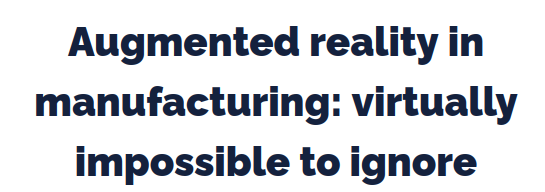



Various news from the last few months
Why do you need AR?
- AR has an incredible "Wow!" factor.
- It's still the first time for most users.
- Even if they used VR, AR is way more exciting.
- Usable, light, cheap AR glasses are already here.
- Your competitors will have AR functionality.
- Will You?
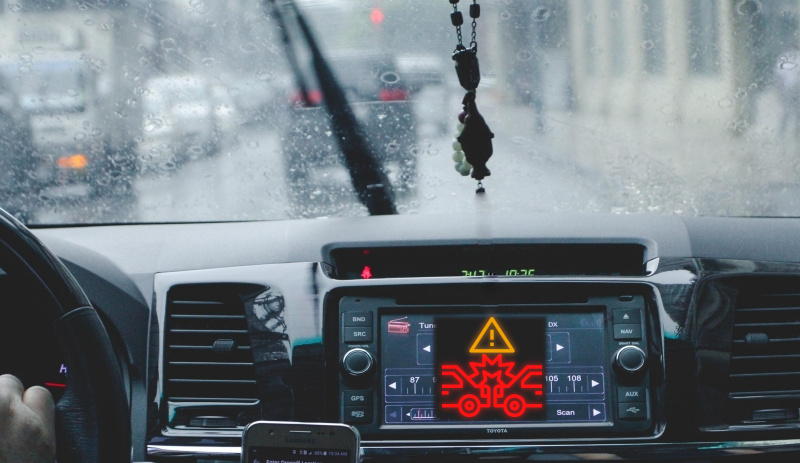
Driver looking at the display instead of the road
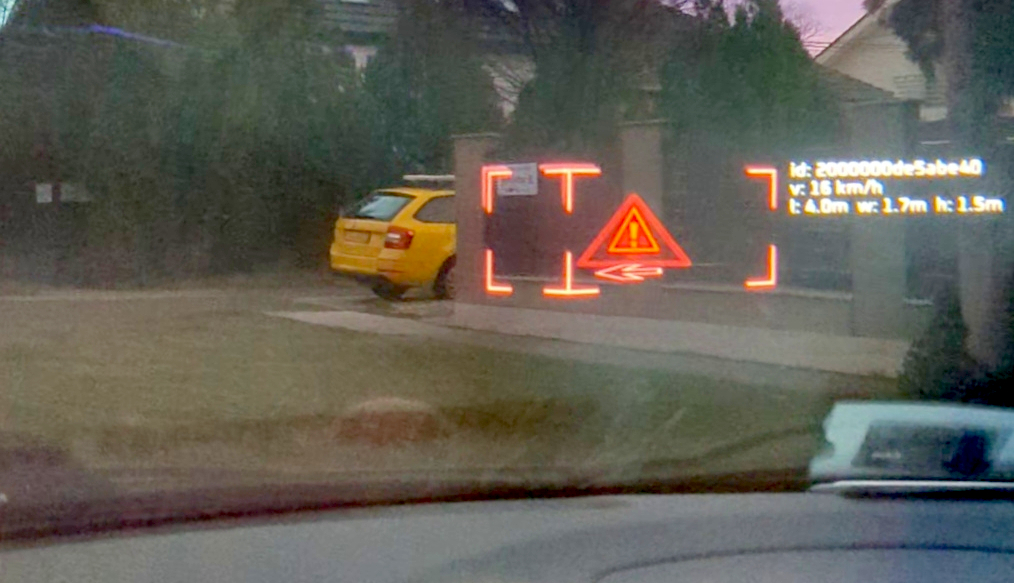
Dangerous car detected behind the wall,
shown in an intuitive way
shown in an intuitive way
Traditional UI vs. AR
- Traditional graphical UI
- Takes attention away
- Simply cannot be used in some cases
(e.g. on an e-scooter)
- Augmented Reality
- Points attention exactly where it needs to be
- Exceptionally intuitive
- Allows the user focus on other tasks
- Fun and futuristic
Common AR types
| Phone screen | Windshield | VR passthrough | AR Glasses |
|---|---|---|---|
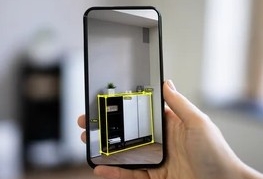 |
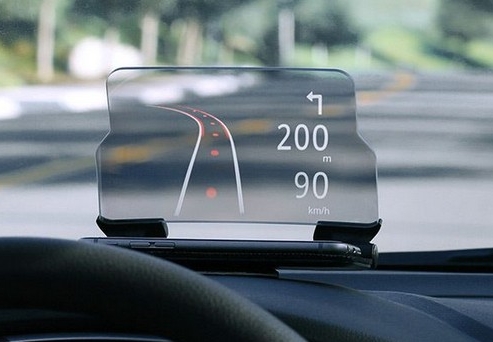 |
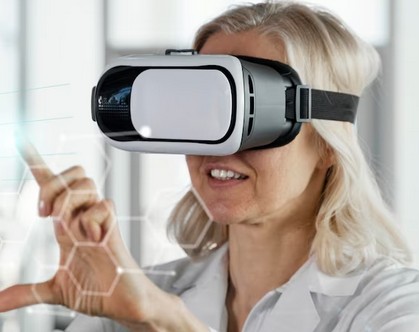 |
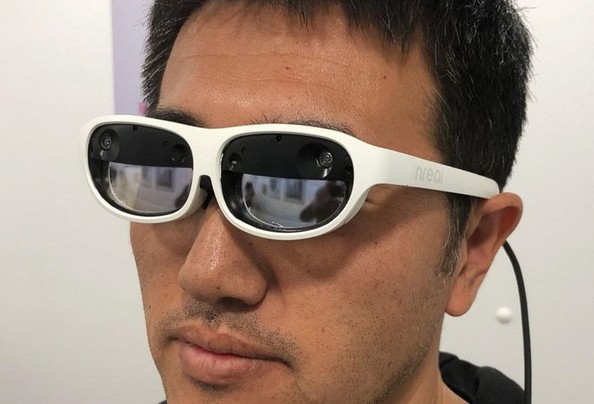 |
| Image of the real world captured with camera, AR rendered on top, and displayed on screen | A projector behind the dash projects an image to the windshield, which reflects it back to the driver | Headset camera image is forwarded to the VR display, virtual objects rendered on top | Glasses lets through the real world while projecting binocular 3D images on top |
|
|
|
|
Demo
(The videos were recorded on real hardware, in real time, using AR glasses)
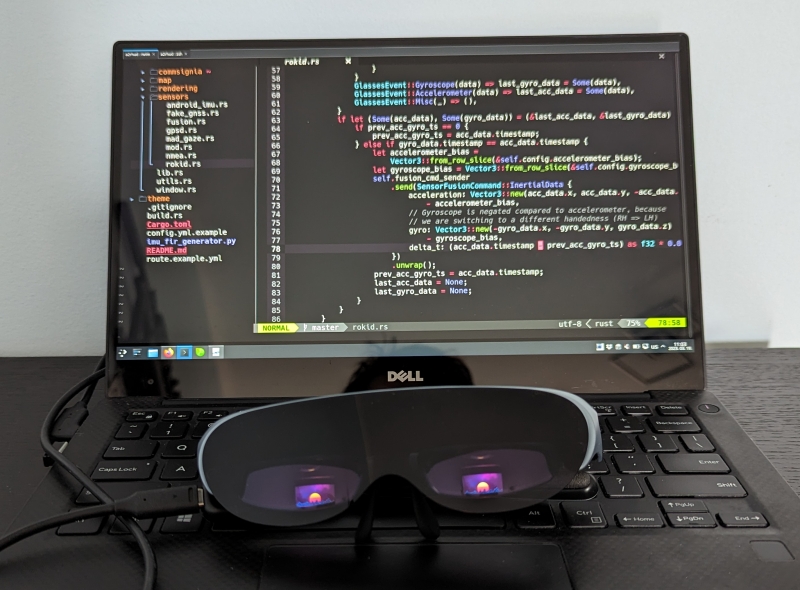

Our expertise
- We make software that displays 3D objects on
off-the-shelf AR glasses. - Our AR software stack
- is portable and completely cross-platform*,
- doesn't depend on closed source third parties,
- runs on low power hardware**,
- makes prototyping very easy and fast.
- can interface with your existing products through
C APIs, SOME/IP, Mqtt, REST, direct CAN, etc..
- Your project will be guided from the concept phase to delivery,
so it leans on the strengths of AR and avoids limitations.
* Linux, Windows, Android, Mac. Support for some operating systems are experimental, stabilizing is on the roadmap
** GPU needs to output 3840x1080 @ 60fps. All PC GPUs and most ARM SoCs released in the last 5 years are capable of doing this
** GPU needs to output 3840x1080 @ 60fps. All PC GPUs and most ARM SoCs released in the last 5 years are capable of doing this
Typical project timeline
| Planning | Proof of concept | Implementation | Warranty |
|---|---|---|---|
|
|
|
|
| 1-4 weeks | 2-10 weeks | 2-10 weeks | 1-12 months |
Estimates vary based on actual project complexity.
Assumptions:
- Simple graphics: sprites, lines, abstract polygons and text
- Simple object data: 2-10 data elements per object, simple business logic
Assumptions:
- Simple graphics: sprites, lines, abstract polygons and text
- Simple object data: 2-10 data elements per object, simple business logic
Summary
- Augmented Reality is the future.
- We can help you get there faster.
- Your customers will love it.
Contact us at info@voidcomputing.hu